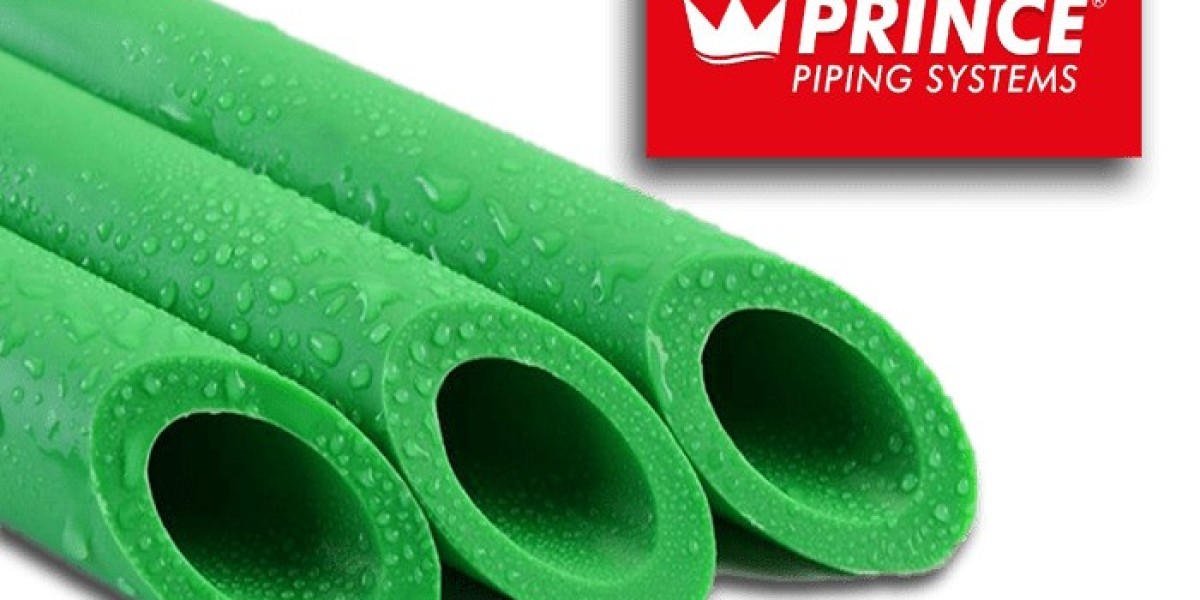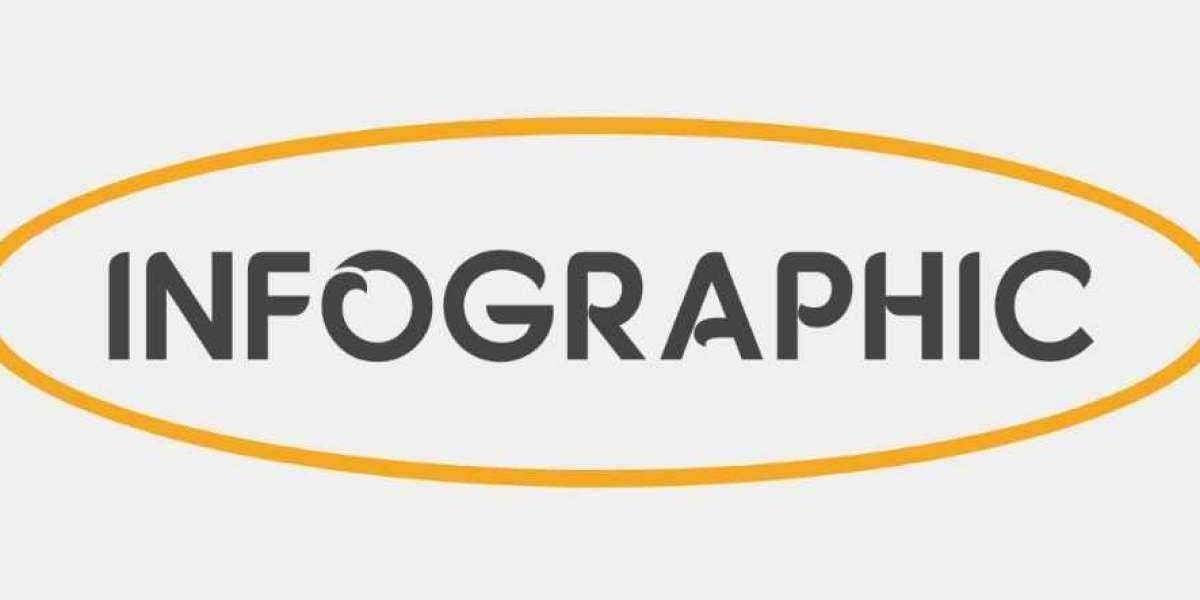Polypropylene random copolymer pipes are plastic pipes made from a blend of polypropylene and ethylene copolymers. PPR is a high-technology plastic pipe that is an important solution for modern plumbing compared to cold galvanised pipes for all hot water systems. PPR pipes and fittings are made with high-grade raw materials.
They are one of the essential plastic pipe products used in extreme temperatures ranging from -20 degrees to 95 degrees. They are mostly green or white and suitable for a variety of fittings, accessories, and replacement components. Each diameter has its own set of attachments.
Features
PPR plumbing systems are prepared using high-quality materials. They are introduced in the market after long research and testing and using cutting-edge technology. These are known for their quality, longevity, and cost-effectiveness. Here are its features:
- Low thermal conductivity
PPR pipes have low thermal conductivity as the external temperatures do not reach the liquid inside the pipe. Due to this, these pipes minimise heat loss or heat gain while transferring cold and hot fluids.
- High-temperature resistance
PPR pipes can withstand high temperatures of up to 95 degrees, making them suitable for hot water supply systems.
- Durability
PPR pipes can last up to 50 years or more under varying and extreme environmental conditions, making them a cost-effective option in the long term.
- Environmentally efficient
PPR pipes are easy to transport, cut, and join. They are also easy to use and do not require additional chemicals and materials.
- Corrosion-resistant
PPR pipes resist corrosion from acidic or alkaline substances, making them a good choice for water supply systems.
- Easy installation
PPR pipes are lightweight and thus easy to install, which may help reduce our installation time and costs.
Applications
PPR pipes and fittings are durable, long-lasting, pocket-friendly, lightweight, UV-resistant, leak-proof and frost-proof, corrosion-free, low laying, low thermal conductivity, low-electrical conductivity, food-grade, non-toxic, hygienic, eco-friendly, recyclable, non-reactive to salts and acids, non-deforming, calcification-free, and having superior dimensional accuracy. It has several applications:
- Hot and cold water systems
PPR pipes are widely and equally used for hot and cold-water supply systems in residential, commercial, and industrial buildings. They can withstand high temperatures and pressure and distribute heat evenly. They are also used in heating systems, such as under-floor heating, and for transporting water.
- Chemical and fluid transport
PPR pipes are corrosion resistant. They are also fit for transporting chemicals and fluids in industrial processes without undergoing major wear and tear.
- Agricultural purposes
PPR pipes are used extensively for irrigation systems in agriculture because of their durability and chemical resistance.
- Infrastructure
Thanks to their resistance to corrosion and abrasion, PPR pipelines are also used in infrastructure projects such as sewage and drainage systems and cable conduits.
Conclusion
PPR pipes are versatile and durable options for various applications. You can buy them from reputed websites and local plumbers and assess whether they suit your requirements.
Naijamatta is a social networking site,
download Naijamatta from Google play store or visit www.naijamatta.com to register. You can post, comment, do voice and video call, join and open group, go live etc. Join Naijamatta family, the Green app.
Click To Download


